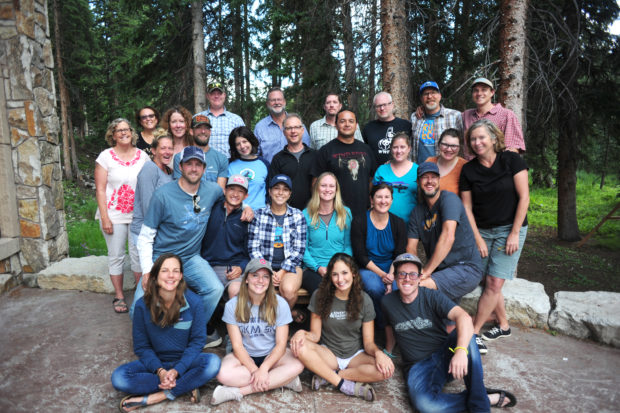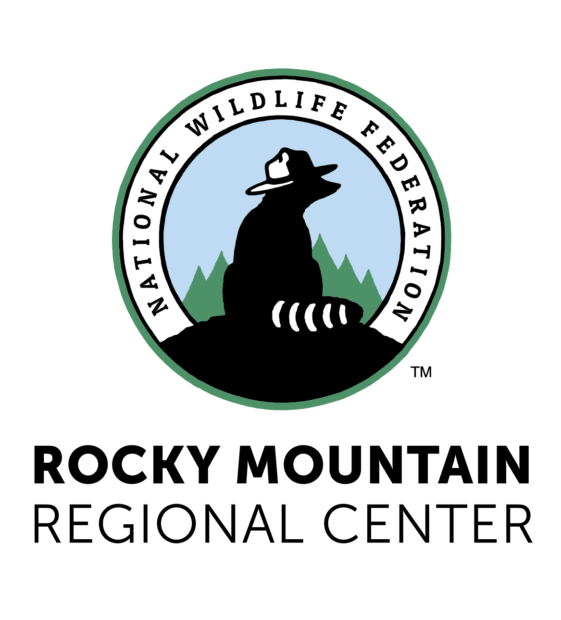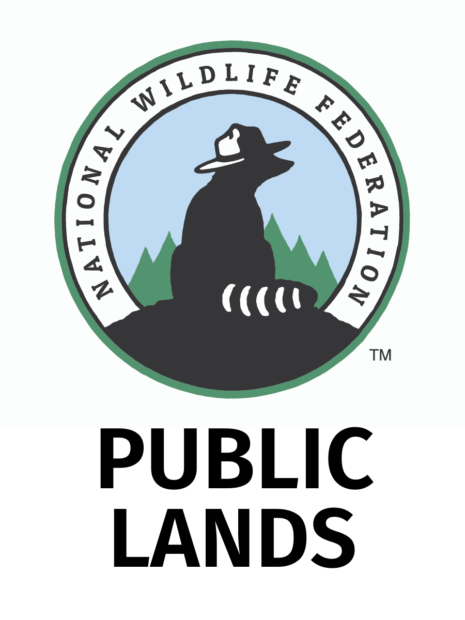We have much more to do and your continued support is needed now more than ever.
2019 In Review: A Human Approach to Conservation in the Rocky Mountain Region
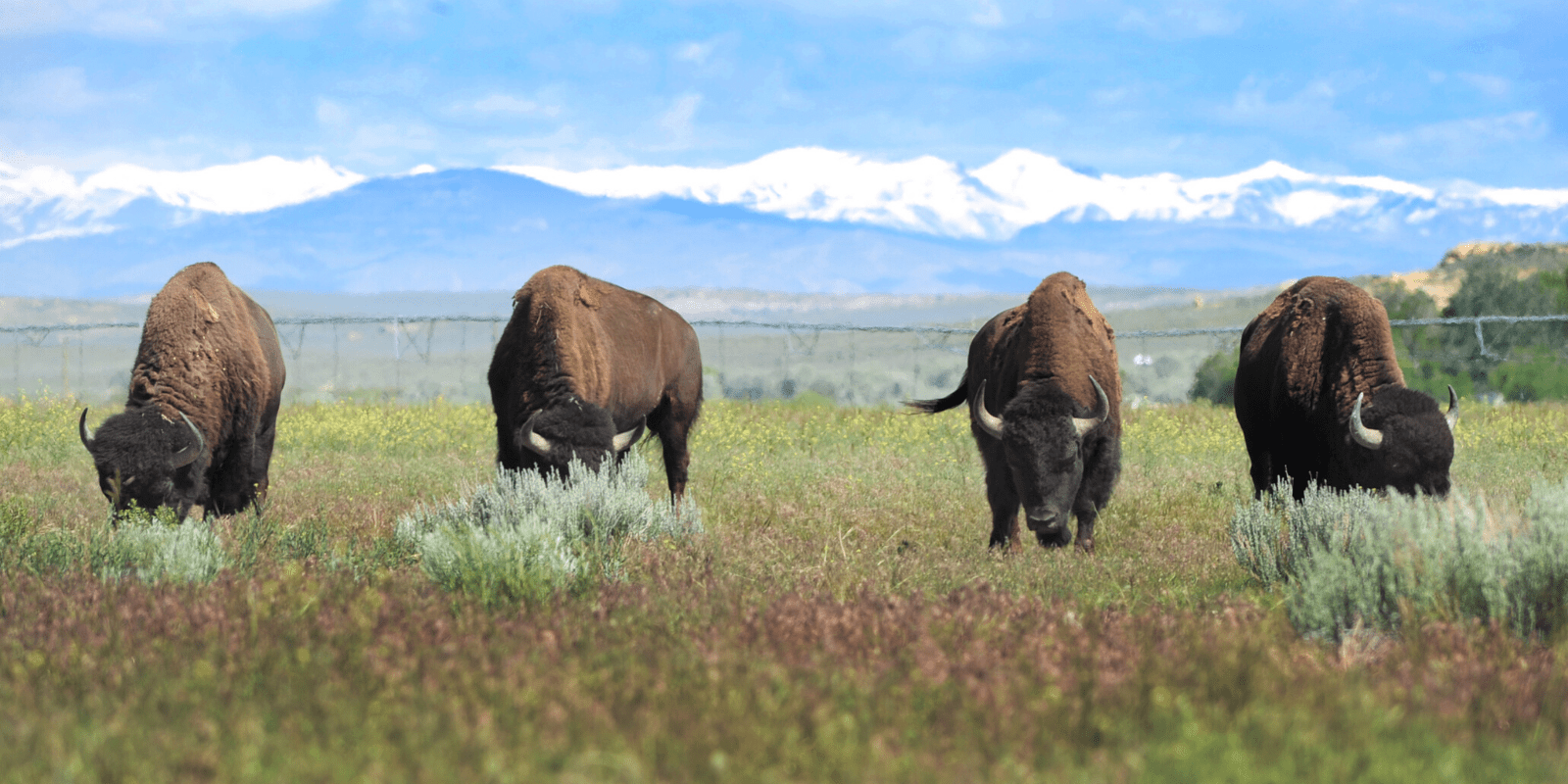
The West is a place of contrasts: the largest open spaces next to vast urban centers; some of the fastest growing states that depend on the fastest shrinking water supply. Our lands host everyone and everything from photographers, bikers, hikers, and hunters to remote prairies, mountains, ranches, and coal mines. People are rushing to our burgeoning cities, yet we struggle to maintain our rural economies.
Like nowhere else in the nation, the West is where the fate of humans and nature are clearly interwoven. Our cumulative stories, whether urban or rural, historic or new, converge around a dependence and connection to this region’s natural values: water, land, wildlife, air. The National Wildlife Federation’s Rocky Mountain Regional Center reflects this symbiotic relationship between nature and people by approaching conservation through the elevation of community values, priorities, and experiences. We embrace the paradox of the West, believing that people and nature can thrive together, and our stories from 2019 have demonstrated our success.
Building a Conservation Community
At the heart of our work are the diverse people who not only spend time on the ground every day, but those who depend on the natural values we’ve set out to protect. Their priorities, challenges, and concerns drive our work, and it’s the lasting relationships with these communities that result in sustainable conservation successes for both wildlife and people.
For example, in 2019 our Tribal Partnerships Program has collaborated with the Ten Tribes Partnership to advocate for tribal conservation needs as we address management of the Colorado River. The ‘Hispanics Enjoying Camping, Hunting and the Outdoors’ (HECHO) program has worked with county commissioners around New Mexico to demonstrate support for key wildlife migration routes. The Public Lands team has supported diverse groups of people who share a common love for the outdoors including sportswomen from the Artemis program, children fishing in New Mexico, and veterans connecting with the healing power of nature. From the backyard to the backcountry, no matter race, age, or socio-economic background, we meet people where they are to prioritize conservation programs that matter to them.

From the Backyard
Conservation starts at home in the places our families spend time every day. This year we’ve been advocating neighborhood associations within our home city of Denver, Colorado to transform urban landscapes into wildlife habitat in our own backyards. We’ve partnered with housing developer Taylor Morrison to design nature playgrounds in place of traditional, plastic playgrounds. Early Childhood Health Outdoors has brought daily nature-based play to our youngest children and the families who need it most in Colorado. We are also expanding this work nationwide, from New Mexico to Michigan and beyond, in a movement to bring nature play every day to children and families of all ages and backgrounds.
These ‘backyard’ efforts have opened the door to foster a generation of stewards for the natural world and the wildlife and people that depend on it. As we build connections between people and nature at home, we also mobilize our networks to protect the larger landscapes and iconic wildlife that the West is known for.
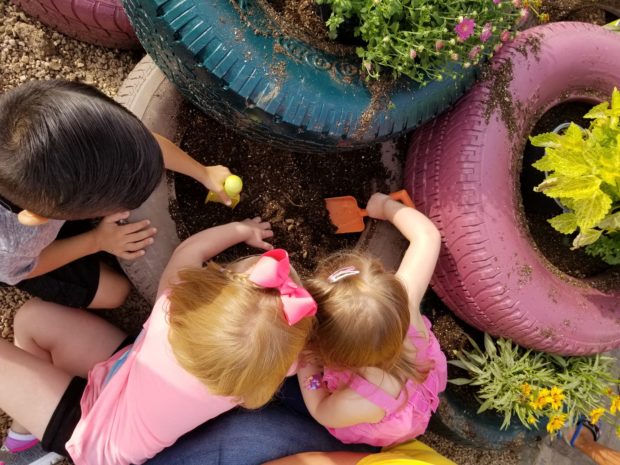
To the Backcountry
In 2019, we tackled some big conservation initiatives that were not for the faint of heart. Our Public Lands team led the charge for the passage of the greatest piece of conservation legislation in a decade, known as the John D. Dingell, Jr. Conservation, Management, and Recreation Act. This bipartisan win showed that conservation can unify our country, reauthorizing the Land and Water Conservation Fund and designating several new wilderness areas. This summer, we facilitated a collaborative effort between the Eastern Shoshone and Fort Peck Tribes to increase the bison herd on the Wind River Reservation in Wyoming in a celebration of cultural rebirth and healing. Working with ranchers, we’ve protected iconic bighorn sheep while addressing rural economic challenges. And we’ve celebrated the passage of state policies that will protect iconic wildlife and rural recreational opportunities throughout the Rocky Mountain Region.
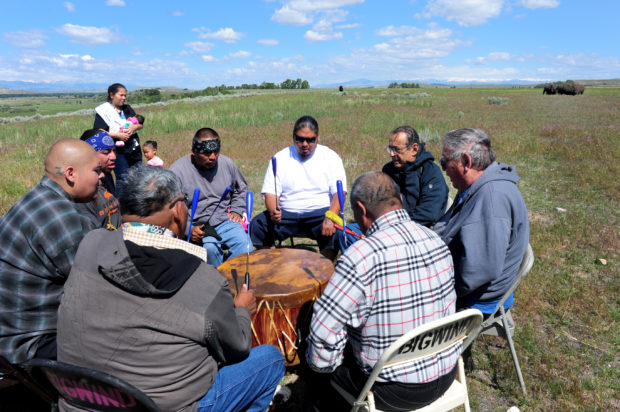
We Couldn’t Do This Without You
Each of these programs and milestone wins are based on solutions that are good for wildlife while putting the needs of people at the forefront. This work goes far beyond the number of species restored or acres protected, but to the health and future of our children, empowerment of women and minority populations, cultural restoration of tribes, and bridging the gap to environmental justice.
2019 has been an exciting year that has helped to create long-lasting, positive change in our western landscapes and society. National Wildlife Federation’s work is about weaving people and communities into the fabric of everything we do, and we couldn’t do this without your continued support.
Help support our work for the people, communities, and wildlife of the West.
Donate!
And keep up-to-date with all of the programs work on social media:
